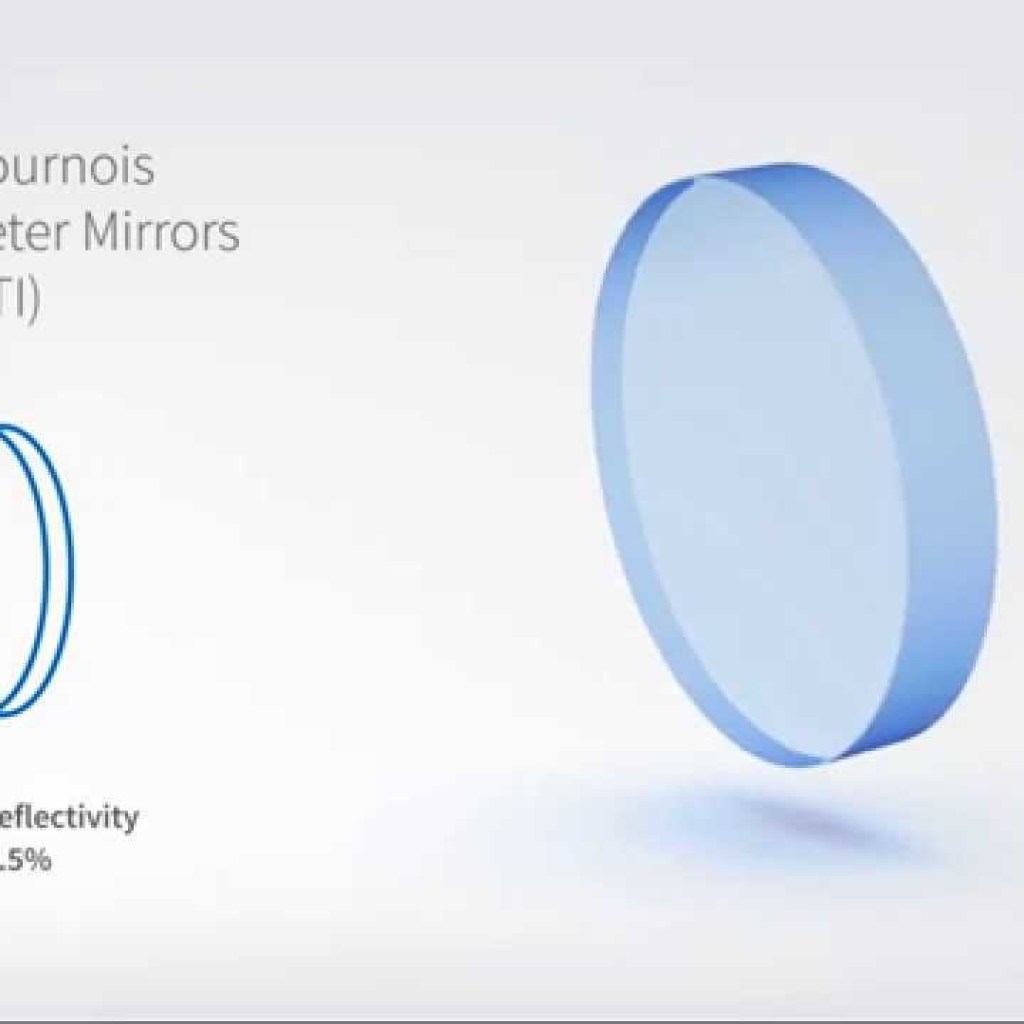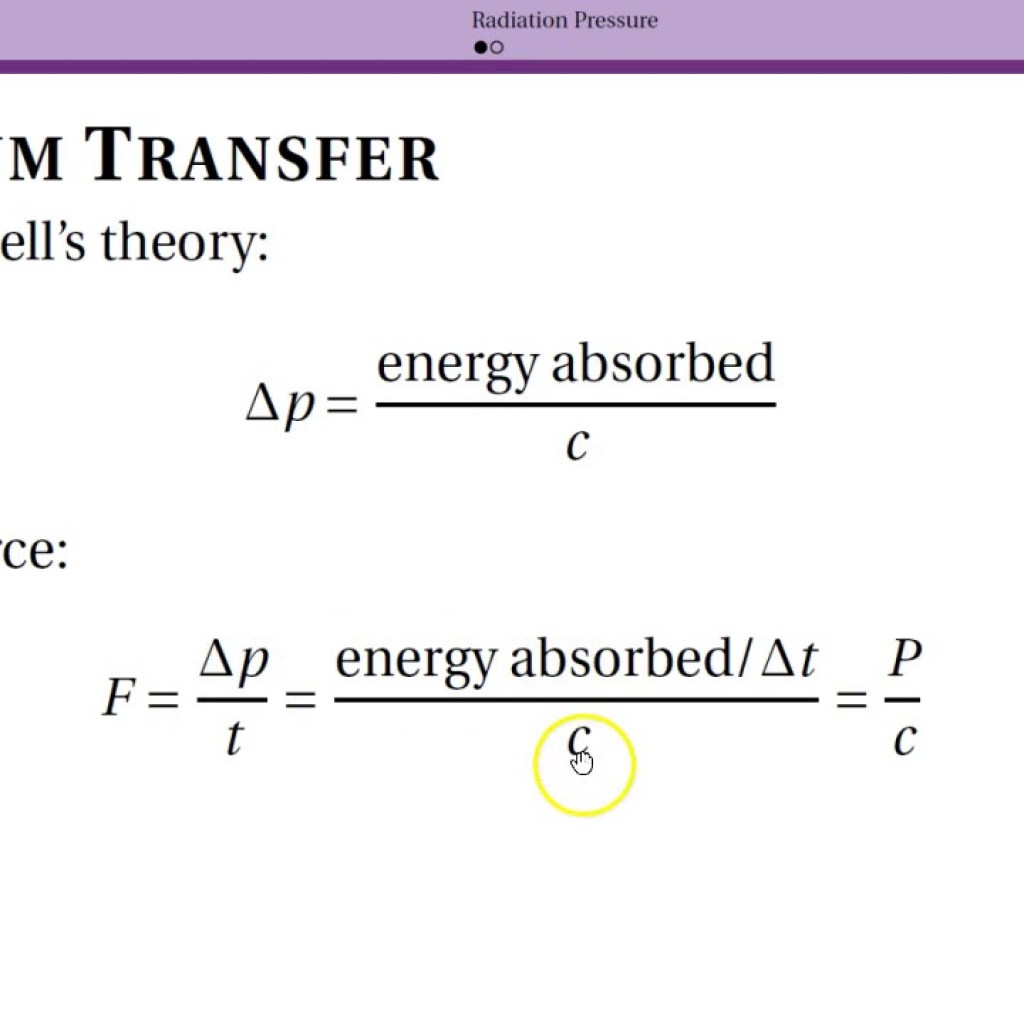Stark Level Manifolds
Source: Physics Stack Exchange Stark Level Manifolds in Laser Gain Media Understanding Stark Level Manifolds in Laser Gain Media Introduction Atoms and ions utilized in laser gain media possess Stark level manifolds, which comprise multiple energy levels with similar energies. These levels are labeled to represent specific quantum states. Energy Level Characteristics The energy levels […]
Stark Level Manifolds Read More »







